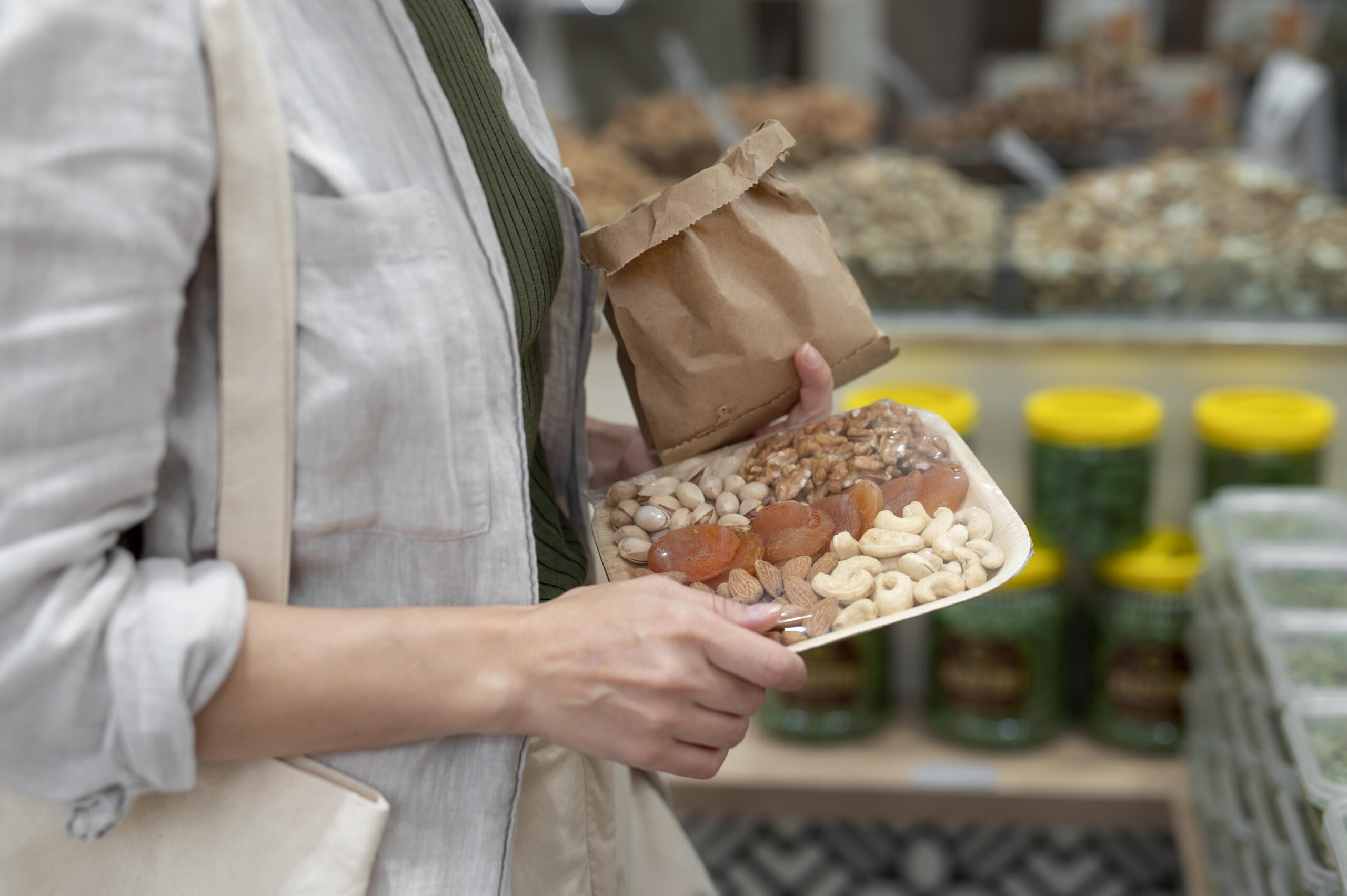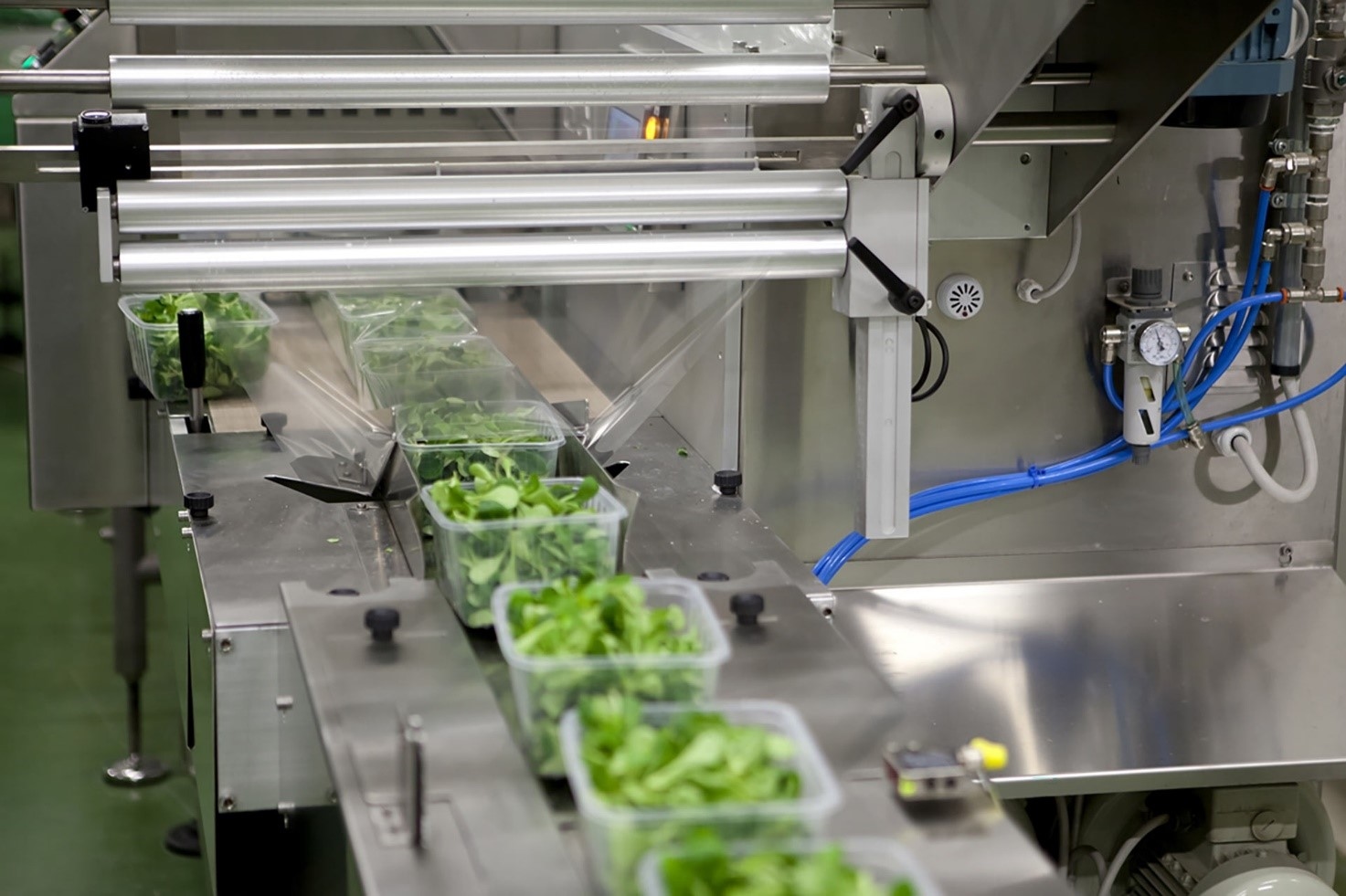
Challenges and Solutions in the Age of Eco-Responsible Food Packaging.
The food packaging industry is undergoing a radical transformation, driven by the growing demand for
The food packaging industry is undergoing a radical transformation, driven by the growing demand for eco-responsible practices and sustainable solutions. This change is not only a response to regulatory and environmental pressures, but also reflects a shift in consumer values and expectations. In this context, we examine the main challenges companies face in adapting to these new demands and the innovative solutions that are emerging to overcome them.
One of the main obstacles in adopting sustainable food packaging is finding the right balance between reducing environmental impact and maintaining the protective and preservative properties that ensure the safety and freshness of food.
Solution: Innovation in materials is paving the way for new possibilities, such as the use of bioplastics derived from renewable sources or fully compostable packaging that does not compromise food quality or safety. In addition, advanced technologies such as active and intelligent packaging offer solutions that extend food shelf life while reducing material use.
Reliance on the use of plastic in food packaging is a significant environmental concern, given its slow degradability and disposal issues.
Solution: Companies are exploring alternatives to plastic, such as cardboard, bamboo, and cornstarch, which offer degradable and recyclable options. Adopting circular economy strategies, in which packaging is designed to be reused or easily recycled, is an important step toward reducing plastic in packaging systems.
While consumers are increasingly interested in sustainable choices, they may lack the information they need to fully understand the environmental impact of the packaging of the products they buy.
Solution: Clarity and transparency are key. Companies can use environmental labels and certifications to communicate sustainability efforts and educate consumers about the impact of their purchases. Using QR codes on packaging that lead to detailed information online is another effective way to engage consumers in a meaningful way.
The value of convenience in food packaging is undisputed, especially in fast-consumption and take-away contexts. However, convenience often results in increased single-use waste.
Solution: Developing innovative packaging that is both cost-effective and environmentally friendly is key. This includes designing multifunctional packaging that can be reused in creative ways or easily composted after use. Initiatives such as deposit deposit systems for reusable packaging are also gaining popularity as a way to incentivize consumers to make greener choices.
The road to eco-responsible food packaging is fraught with challenges, but also rich with innovative opportunities. By overcoming these challenges through innovation in materials, plastic reduction, effective communication, and maintaining convenience, the packaging industry can make great strides toward a more sustainable future. Consumer engagement, along with corporate commitment to greener practices, is critical to accelerating this transformation.
Per saperne di più


The food packaging industry is undergoing a radical transformation, driven by the growing demand for

In an era when consumer awareness and market needs are evolving rapidly, food packaging optimization

In the fruit and vegetable sector, packaging efficiency and quality play a crucial role in